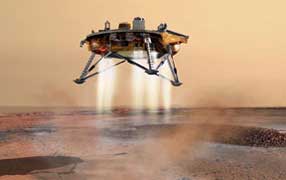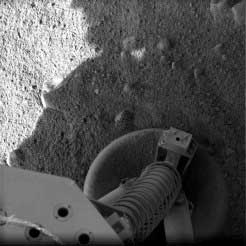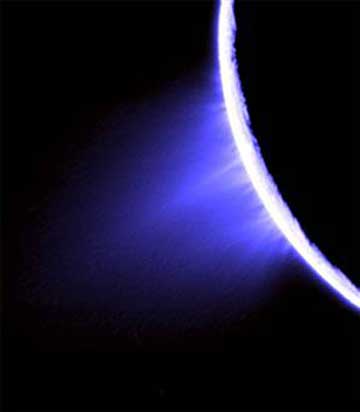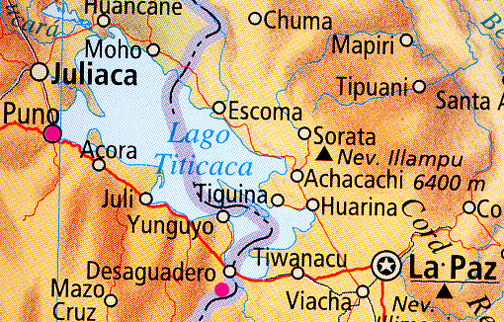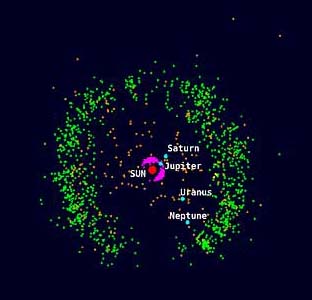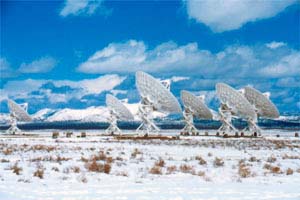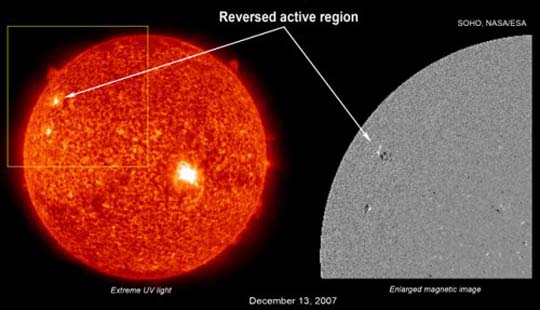“We found a possible AWAC that maintained an altitude of about 41,000 feet, which is higher than most of your civilian aircraft fly. It was there for the entire time of our radar data and it’s flying figure 8s over the area – going as far as north Texas to as far south as the
northern Austin area.”
- Robert Powell, MUFON Director of Research
“I think the January 8, 2008, Carswell log book was blacked out on the ten F-16s because the military wanted as little known as possible about what their F-16s were doing that day.”
- Glen Schulze, Electrical Engineer and Radar Specialist
Return to: Part 1
Updated: July 29, 2008 Littleton, Colorado - Interviews with Glen Schulze and Robert Powell continue in Part 2 about the discovery of an unknown object that reflected at least 200 skin-paint returns, but was not sending out transponder signals to the FAA radar towers. Further, that unknown aerial object was moving in a straight line between 6:51 PM and 8 PM towards the George W. Bush ranch in Crawford, Texas. Yet, Glen and Robert could not find any radar signals of jet activity responding to that unknown approaching the property of the American President.
Click here to subscribe and get instant access to read this report.
Click here to check your existing subscription status.
Existing members, login below:




